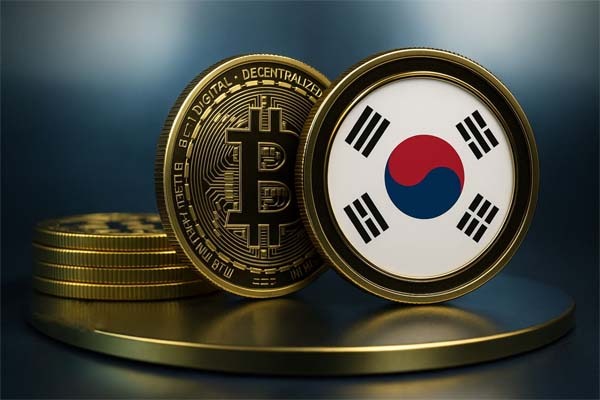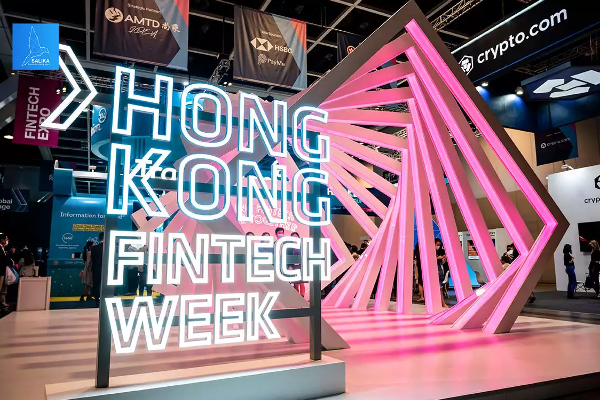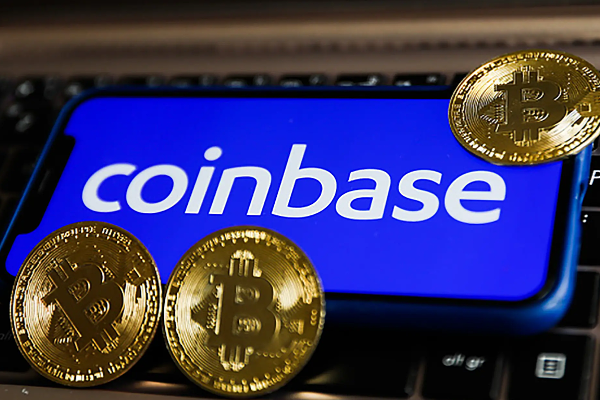The Korean won has become the world's second largest cryptocurrency trading currency, but institutional participation is still constrained by structural issues

According to the latest data from Kaiko, a crypto market research organization, as of the first half of 2025, the trading volume of cryptocurrencies denominated in Korean won (KRW) has reached US$663 billion, ranking second in the world, second only to the US dollar (US$832 billion). This data further consolidates South Korea's position as one of the world's major crypto asset trading markets.
Statistics show that about one-third of adults in South Korea hold crypto assets, which is twice as much as in the United States. This trend is also closely related to the South Korean government's gradual clarification of the path of crypto asset regulation and legalization in recent years.
However, despite the high activity of retail investors and the large total trading volume in South Korea, its crypto market still faces several structural constraints, which limit the in-depth participation of global institutional investors and the innovation space of local financial products.
First, the high fragmentation of the market is still the main obstacle. The local crypto trading market in South Korea is dominated by multiple platforms such as Upbit, Bithumb, and Coinone, lacking a unified clearing mechanism and cross-platform liquidity integration. This makes large institutions face problems such as dispersed liquidity and inconsistent prices when executing complex trading strategies.
Secondly, the adoption rate of stablecoins is still low, which is relatively rare among major crypto markets in the world. In contrast, in markets such as the United States, Japan, and Europe, USDT and USDC, USD stablecoins, have become the core trading medium, while in South Korea, the main trading method is still the Korean won fiat currency, which limits the landing space of DeFi ecology and cross-border products.
In addition, the so-called "Kimchi Premium" problem has not been completely eliminated. This phenomenon refers to the fact that the price of crypto assets in local exchanges in South Korea has been higher than the international market average for a long time, reflecting the price distortion caused by regulation, capital flow control and strong local demand. This phenomenon not only provides space for arbitrage transactions, but also increases market systemic risks.
Nevertheless, as South Korea's digital asset-related legislation matures, including the increasingly clear regulatory framework for custody, stablecoin issuance, and exchange operations, more global compliant capital may be attracted to the Korean market in the future. If problems such as stablecoin access and market infrastructure integration can be solved, South Korea has the potential to occupy a more important position in the competition for Asian crypto financial centers, especially in institutional asset management and innovative applications of digital assets.









